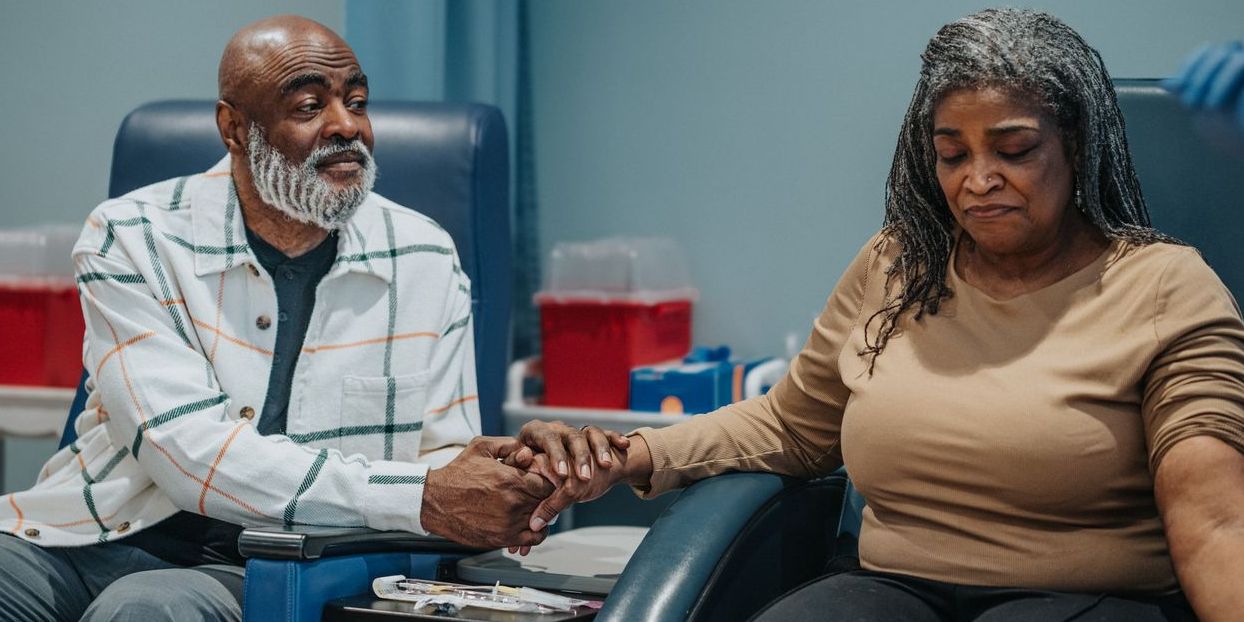The following is a summary of the “Morel-Lavallée Lesion Diagnosed by Point-of-Care Ultrasound: A Case Report and Review of Treatment Strategies,” published in the January 2023 issue of Emergency Medicine by Gelber, et al.
Morel-Lavallée lesions, also called internal degloving injuries, typically manifest themselves in the peri-trochanteric region hours to months after a high-velocity shearing trauma. Due to their rarity, these wounds are frequently overlooked during a trauma examination. Infected seromas, chronic cosmetic deformities, capsule formation, and skin necrosis are all potential outcomes if these lesions go undiagnosed or untreated.
Smaller studies have recommended compression alone for asymptomatic lesions, aspiration for small symptomatic lesions, and open debridement for large lesions, but there are no formalized societal guidelines for management. For example, a young woman presented with right hip swelling, fluctuation, and paresthesia after a bicycle accident one week prior. Point-of-care ultrasound demonstrated a hypoechoic and compressible fluid collection between a fascial layer321AS and a subcutaneous layer, confirming the diagnosis of a Morel-Lavallée lesion detected on physical examination as a fluctuant and hypoesthetic area over the greater trochanter (internal degloving injury).
Compression alone did not alleviate symptoms, but aspirating the fluid did. However, Morel-Lavallée lesions are often overlooked as a result of trauma. A thorough history, physical examination, and bedside ultrasound can quickly and affordably diagnose Morel-Lavallée lesions in the emergency room. Limited research suggests management strategies, such as compression, aspiration, and open debridement, with treatments varying by symptom severity and lesion size, but no formal societal guidelines exist.
Source: sciencedirect.com/science/article/abs/pii/S0736467922006473














Create Post
Twitter/X Preview
Logout